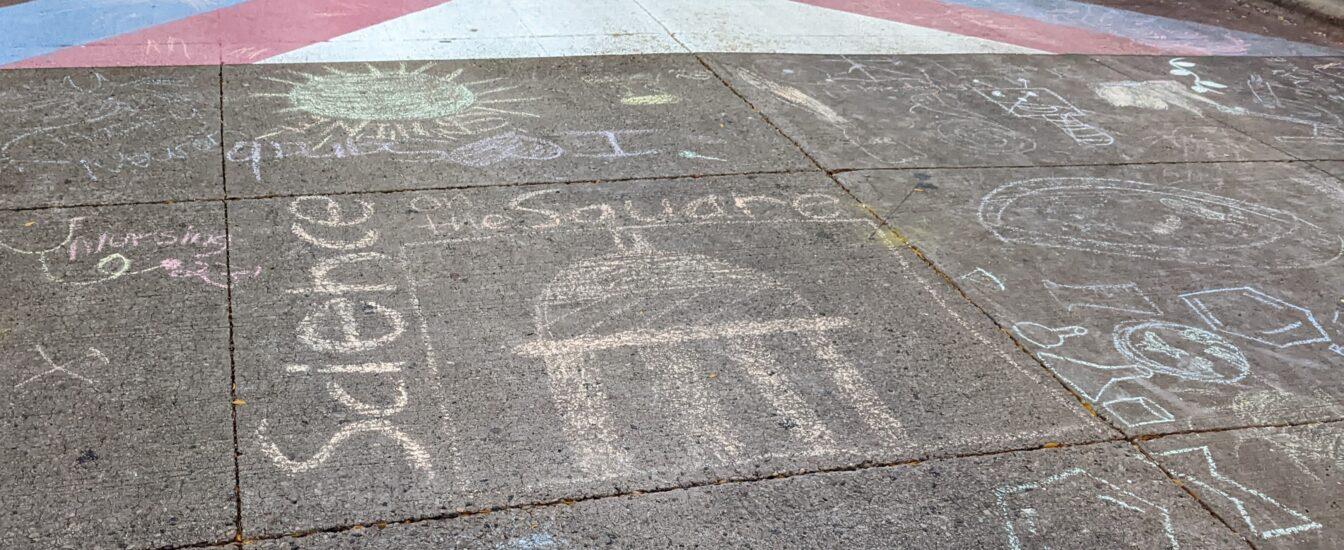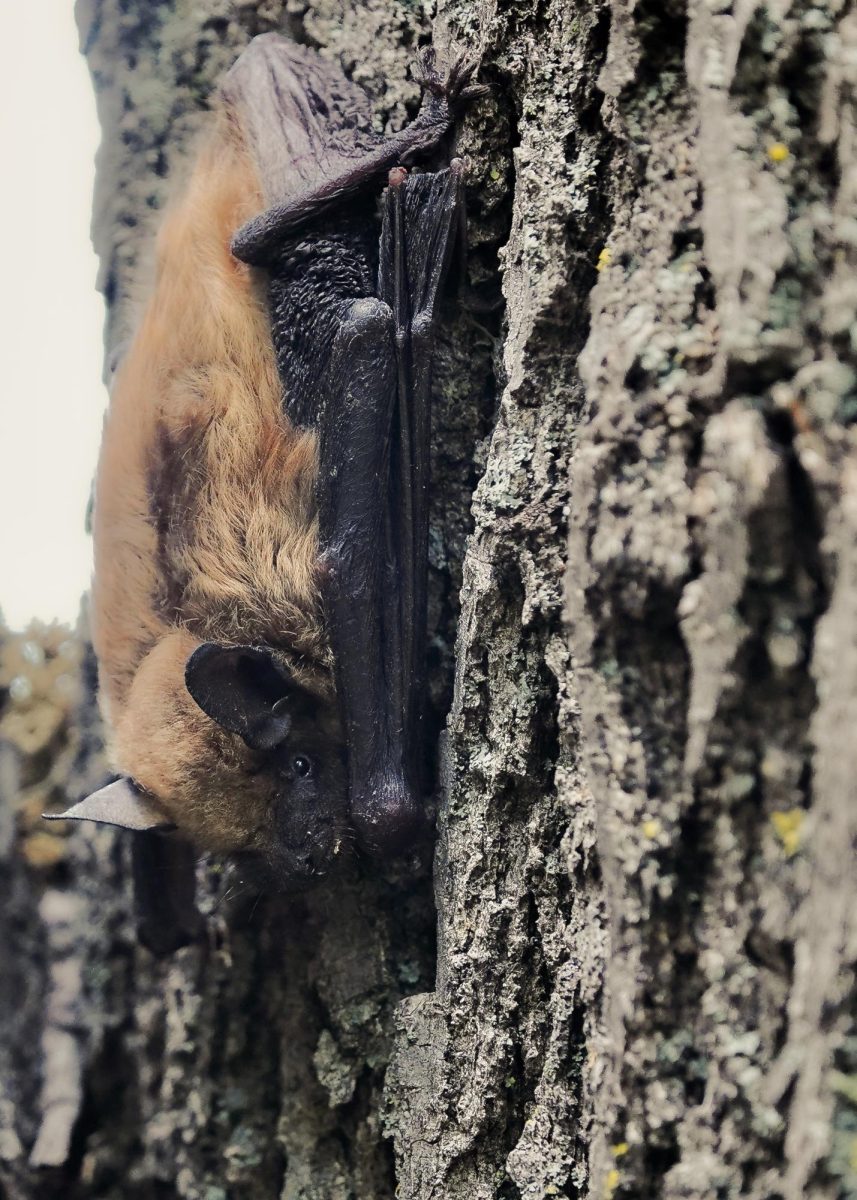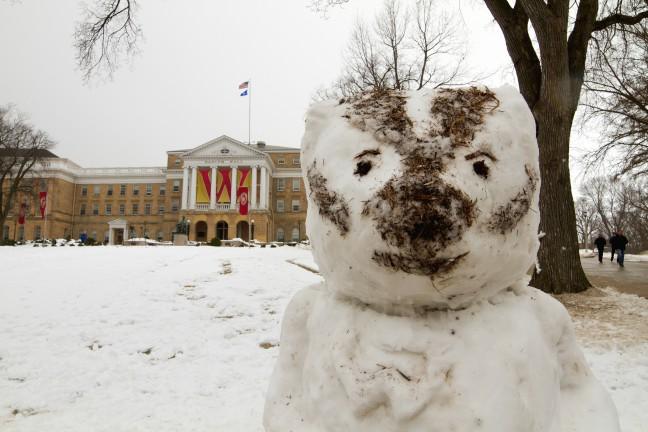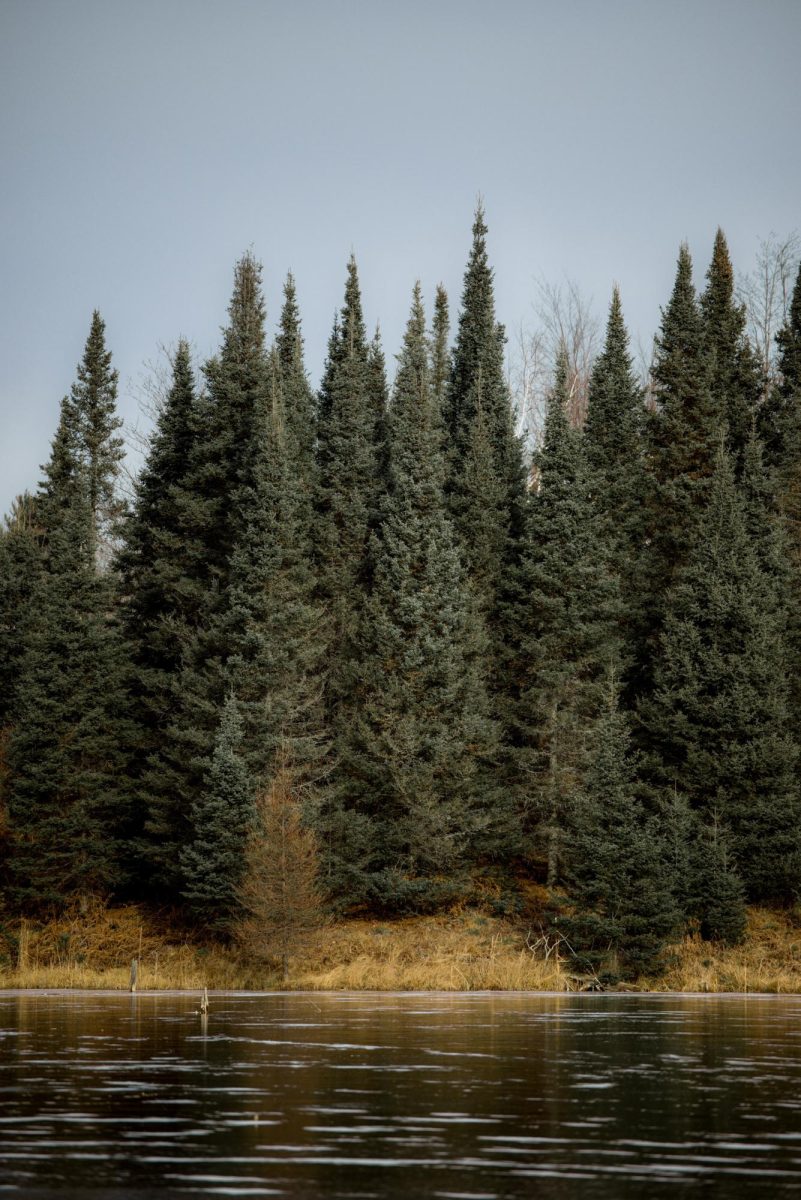Last week was the 12th annual Wisconsin Science Festival, a week stacked with fun science events for people across the state.
Operations manager and incoming director of Wisconsin Science Festival Sam Mulrooney said this was the first year the festival spanned across a full week, so they were able to incorporate more events across the state and nearly double in size compared to last year.
The Wisconsin Science Festival is a way to showcase and highlight science expertise all over Wisconsin, Mulrooney said, and make connections to Wisconsin communities.
“It’s not so much us saying, ‘this is how you do science. Come listen to our science events that we’re coordinating,'” Mulrooney said. “It’s like, what do you care about in your community? And what’s important to your neighbors? And how can we showcase what they’re learning about and highlight the things that are important to different communities throughout Wisconsin?”
The running theme for this year’s festival was a tribute to the international year of glass. So many events featured the science of glass, anything from microscopes to phone screens to beer bottles, Mulrooney said. While many events incorporated glass, the week still highlighted all sorts of science underway in Wisconsin.
DNR, DATCP kick off program to collect, dispose of PFAS-containing firefighting foam
The Warfarin Story
The UW-Madison Biochemistry Department, Wednesday Nite @ the Lab and the Wisconsin Alumni Research Foundation hosted “The Warfarin Story: Public Discussion and Groundbreaking Ceremony” Oct. 12. UW biochemistry professor Karl Link discovered Warfarin, a common blood thinning drug, during his time at UW.
Prior to a lecture by author Doug Moe on the history of Warfarin, there was a groundbreaking ceremony celebrating the American Chemical Society’s designation of Warfarin as a national chemical historical landmark.
According to Moe, on a bitterly cold winter day in 1933 Ed Carlson, a farmer from St. Croix county, found himself at the UW biochemistry building with a dead cow, a bucket of blood that wouldn’t clot and some spoiled sweet clover. He was looking for a cure for his cattle, who were bleeding to death. By pure chance, he ended up at the biochemistry building where he met Link and his graduate student. Link couldn’t provide much advice other than to avoid feeding his cows spoiled clover and hay.
The chance encounter led Link to abandon his other research projects and determine the identity of the “hemorrhagic agent” — eventually leading to his discovery of warfarin. In 1953 researchers started clinical trials and found that Warfarin is an effective blood thinner.
Today, there are 100 million prescriptions of Warfarin each year. It is the WARF’s number four revenue producer, WARF’s public affair analyst Kevin Walters said.
Behind bars: UW researcher studies how incarceration affects individual, community health
WSF Expo at Discovery Building
Oct. 12 was a science-filled day at the Discovery Building — where WSF originated and is headquartered, according to Mulrooney.
Wednesday morning kicked off with an expo for approximately 1,000 grade school students. The field trip groups participated in demonstrations about science occurring on campus. The expo was also open to the public Saturday, Oct. 15th.
Discovery Mural
Wednesday afternoon, people gathered for the unveiling of the Discovery Mural at the Discovery Building. Sharon Tang, Amy Zaremba and Alicia Rheal are the artists behind the mural who hosted a special version of Wednesday Nite @ The Lab later that evening called “A Landscape of Wisconsin Discovery – The Making of a Mural Bridging Art, Science, and Technology.”
Tang gave a presentation on their mural making process. Tang, Zaremba and Alicia started this mural as a part of a program from the WID, WARF and the Morgridge Institute called Science to Street Art.
The program was seeking a mural that would capture research at WID and the Morgridge Institute and highlight the past, present and future of diversity in the Wisconsin STEM community, Tang said at the presentation. Additionally, the mural was designed to increase science literacy through art and amplify science and educational resources, which the artists achieved by incorporating QR codes in the imagery throughout the mural.
Science on the Square
One of Mulrooney’s favorite events of the week was “Science on the Square” on Friday, Oct. 14. This was the event’s fifth year and the second year of collaborating with the Madison Night Market.
“I think that it’s always a really unique event to be able to pair you know, more community-based market type event with a set hands-on science activities,” Mulrooney said.
A chilly night, Science on the Square incorporated booths from local vendors as well as science demonstrations from different labs on campus. The science on display included soil science, linguistics, biofuels like switchgrass and the many crystals found in nature.
“How to Hunt for Stories, and Not Kill Them in the Telling” with Latif Nasser
The UW science journalist in residence Latif Nasser hosted a Crossroads of Ideas talk about his experiences as a journalist and host of the podcast Radiolab titled “How to Hunt for Stories, and Not Kill Them in the Telling.”
In this talk, Nasser described his life as a journalist as a “giant scavenger hunt” for stories worth telling. He shared his ten best tips for finding interesting stories where they are least expected.
Some tips he gave included attending random lectures, subscribing to newsletters and conversing with strangers.
“Compelling true stories really are everywhere in the air around you,” Nasser said at the talk. “You have the power to pluck them out of the air.”
Botanical spots on campus work to document history, educate communities
Other events throughout the week included presentations on the science of glass followed by celebrating science with fluorescent cocktails at the High Noon Saloon, glass-blowing demos and many other community-based events throughout the state.
With the 12th annual Wisconsin Science Festival in the rearview mirror, Mulrooney is collecting feedback and metrics from the week. She said more than a year of planning goes into the Wisconsin Science Festival, and they’re already in the preliminary stages of planning for next year.
“Evolving the festival is something that we will be tasked with in the next year till the next one,” Mulrooney said. “I know we’re very excited about continuing the legacy of the festival.”














